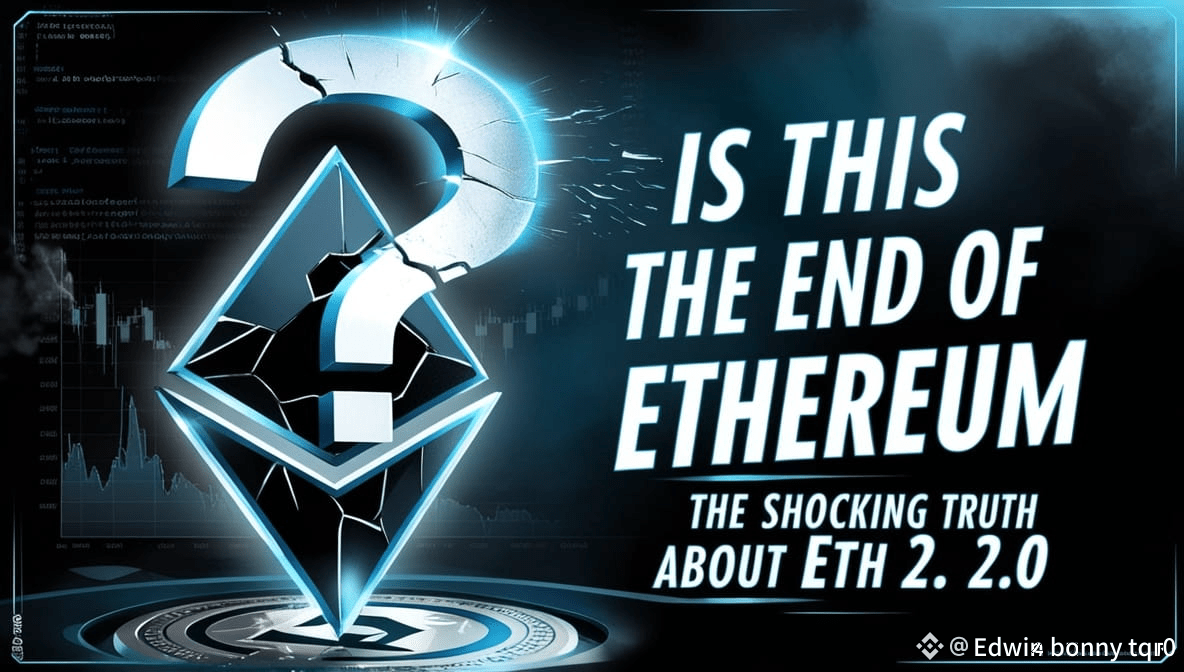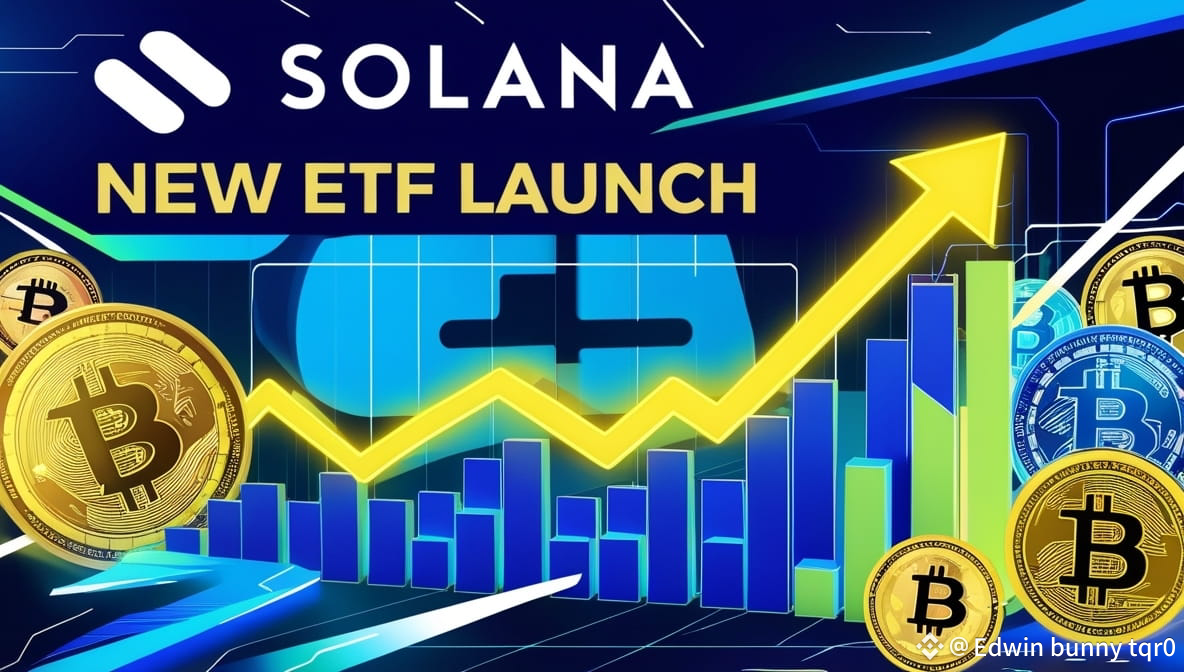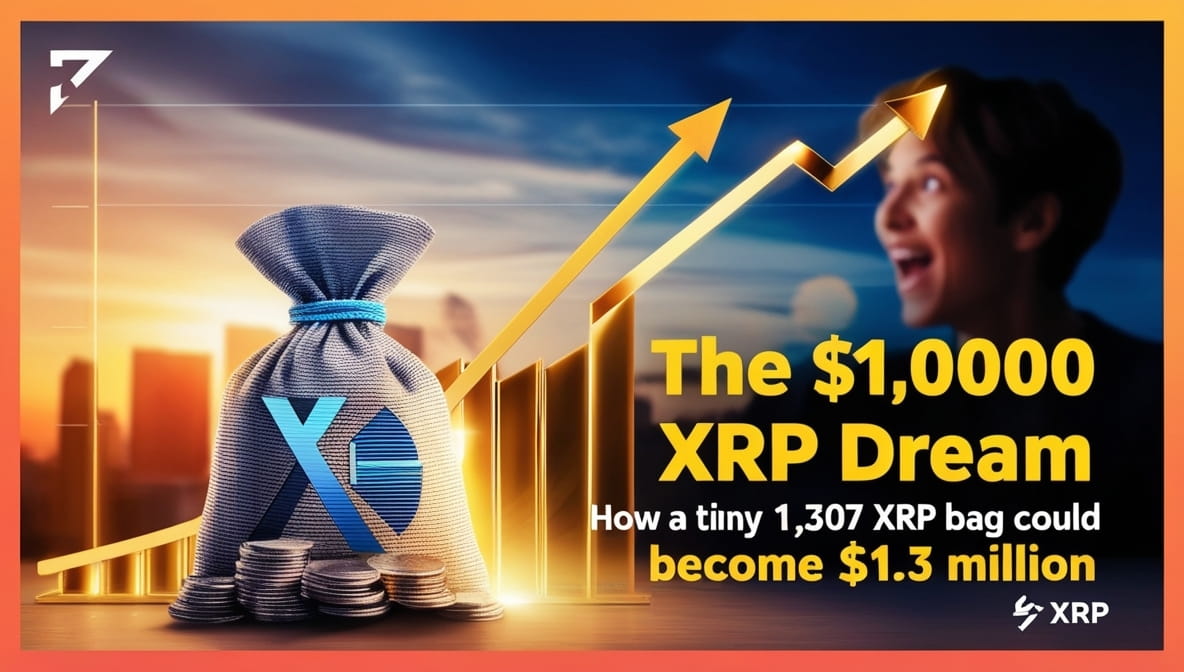Is Ethereum's Doomsday Approaching? The Shocking Truth About ETH 2.0 ⚡💥
Ethereum—once an unstoppable force in DeFi, NFTs, and smart contracts—is now facing an unprecedented question: Is ETH losing its edge?
👉 The Dream of ETH 2.0—or a Distraction Trap?
Ethereum 2.0 promised faster speeds, lower fees, and a clearer Proof-of-Stake (PoS) system. But years later, traders and developers are beginning to question whether the upgrade has truly delivered on its promises. Gas fees still spike during peak trading hours, and some decentralized applications (dApps) are quietly migrating to faster, lower-fee blockchains like Solana and Avalanche.
👉 Centralization Issues
ETH 2.0's staking model introduces new risks. Over 60% of staked ETH is controlled by a small number of validators (primarily Lido, Coinbase, and Binance), leading critics to argue that Ethereum may be losing its decentralized nature, the very foundation upon which it was built.
👉 The Lifeline of Layer-2 Networks
Layer-2 networks like Arbitrum, Base, and Optimism have helped Ethereum scale—but at what cost? They've fragmented liquidity and user experience. The “Ethereum ecosystem” is becoming a patchwork of patches, not a smooth, cohesive whole.
👉 A Broader Perspective
Nevertheless, Ethereum is not dead. It remains a cornerstone of DeFi and Web3 innovation. Consolidation has significantly reduced energy consumption, and developers continue to release updates. But the pressure is real—competitors are catching up, and user demand is growing.
👉 Conclusion
Ethereum is not dying—it is evolving in adversity. Whether ETH 2.0 is its rebirth or its decline depends on one thing: execution.
In the cryptocurrency world, the future doesn't belong to the first mover, but to the fastest.
#Ethereum #ETH #CryptocurrencyNews #Blockchain #Web3
$ETH
{spot}(ETHUSDT)
Price Converter
- Crypto
- Fiat
USDUnited States Dollar
CNYChinese Yuan
JPYJapanese Yen
HKDHong Kong Dollar
THBThai Baht
GBPBritish Pound
EUREuro
AUDAustralian Dollar
TWDNew Taiwan Dollar
KRWSouth Korean Won
PHPPhilippine Peso
AEDUAE Dirham
CADCanadian Dollar
MYRMalaysian Ringgit
MOPMacanese Pataca
NZDNew Zealand Dollar
CHFSwiss Franc
CZKCzech Koruna
DKKDanish Krone
IDRIndonesian Rupiah
LKRSri Lankan Rupee
NOKNorwegian Krone
QARQatari Riyal
RUBRussian Ruble
SGDSingapore Dollar
SEKSwedish Krona
VNDVietnamese Dong
ZARSouth African Rand
No more data










